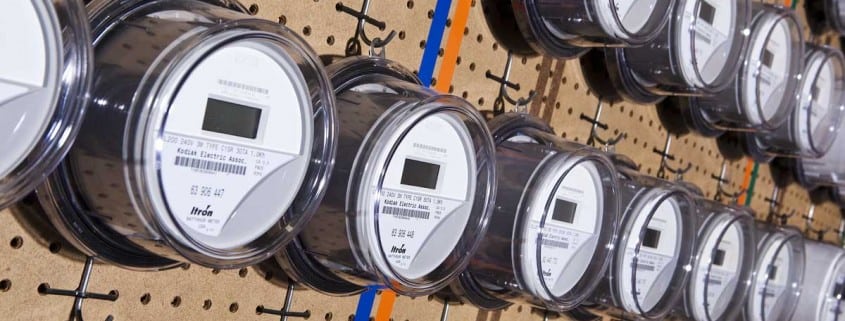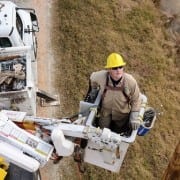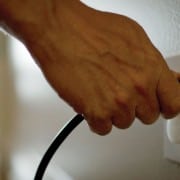Can you drive a stick shift?
by Mike Knotts, director of government affairs
Tennessee Electric Cooperative Association
The first “car” I drove on a regular basis was a 1981 Ford F-100 pickup truck. I’m sure thousands of you probably see a Ford F-150 parked in your driveway right now, but this was not the same vehicle. The F-100 was the least expensive truck the Ford Motor Company manufactured at the time, and this particular model was outfitted with the absolute fewest options available.
My dad bought this truck to use at his construction business. Simply put, it was intended to be a work truck, through and through, and was intended to do two things: haul building materials to the job site and haul garbage away. The truck had no power steering, no power brakes, no air conditioning, manual windows, manual door locks and a manual transmission for which the gearshift was mounted on the steering column. This “three-on-the-tree” shifter was mated with the tightest clutch ever to come from Detroit.
When it came time for me to learn to drive, this truck was an excellent teacher. My skinny teenage body struggled with the tight clutch and lack of power brakes, and parking at my high school was sometimes a challenge while I slowly cranked the tires around. But I learned a lot about how a car operates and have wonderful memories to help me appreciate all of the “push-button comfort” I now enjoy in my modern truck.
Well, much like that Ford F-100, the small device on the side of your home or business that measures how much electricity you consume has, for more than 70 years, been a pretty basic instrument. There was little need to do anything more than measure the amount of juice flowing from the distribution lines in to your home. Some of you may even remember the times when you would record your own use and mail it into the co-op.
Today, it is more likely that a person drives to your home or business once per month, gets out of the car, walks to the side of the house, building or barn, writes down the number, walks back to the car, gets inside and drives to the next location where he or she does it all over again. At the end of the day, the numbers on the meter reader’s clipboard have to be transferred to the co-op to be entered into the billing system that determines how much you will owe on the next bill. It is a lengthy, expensive and sometimes error-prone process.
However, those simple, analog electromechanical induction meters are extremely durable. The meter that serves my home is more than 40 years old and continues to operate. These meters, though, do have a tendency to “slow down” over time and record less electricity use than is actually being consumed. Knowing this fact, I admit I might allow a small smile to come over my face when I pay my bill. But the truth of the matter is that every other member of the co-op has to pay my difference when someone’s meter is not recording accurately. So we owe it to each other to fairly record our consumption.
Additionally, the requirements to operate the electric grid are becoming increasingly more complicated. The energy you require to power your air conditioner, for instance, must be available at the exact instant that you demand it (this is called creating a load or demand for energy). It takes billions of dollars of manpower and machinery to make that possible. And while that fact has always been the case, the use of the electric grid is increasing every day with millions of new devices, appliances and machines “plugging in.” Any one of these new loads, if not managed properly, has the potential to bring the whole system down.
Modern technology is changing the way the electric grid is managed. Automation is reducing the amount of time you are without power during an outage by reducing the need for a human being to drive to a location and reconnect or reclose a large fuse, for instance. Improved technology is reducing the amount of energy that is lost as it moves along power lines, saving money and helping keep electric rates low.
To keep the lights on in the 21st century, information is becoming as important as machines. Without real-time data about the use of the electric system, we are doomed to a 20th century lifestyle. That means the 40-year-old meter on the side of my house will be replaced with a new digital meter soon. I’m excited about it. It will reduce the need for human beings to drive around just to read my meter, reduce the chance of human error inaccuracies on my bill and save my co-op millions of dollars that are spent on unnecessary activities. That is money I don’t have to pay for through my electric rate.
My dad’s old F-100 did its basic job well, and he definitely got his money’s worth out of it. Eventually, though, it was time for a new truck with some upgraded features. The next truck had an automatic transmission and air conditioning, and it was a huge improvement!









